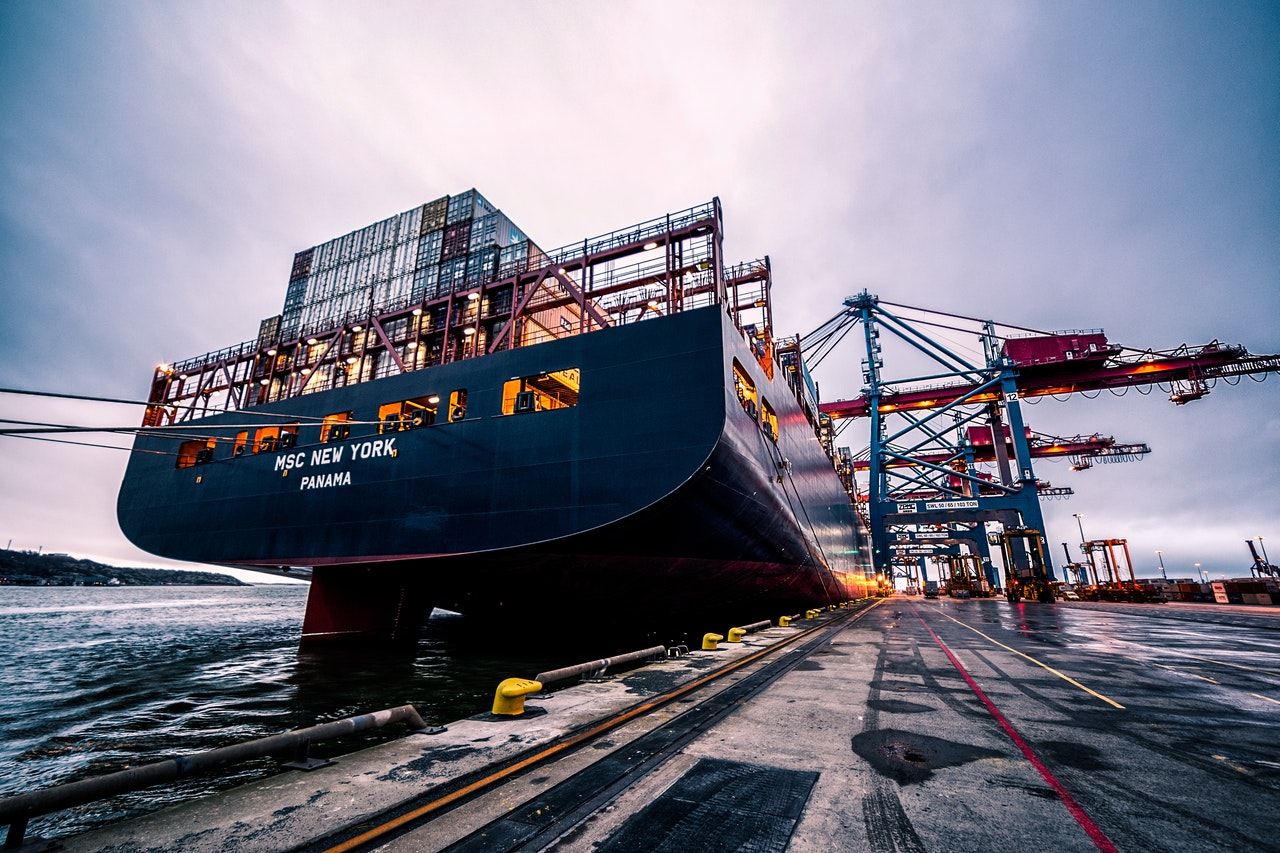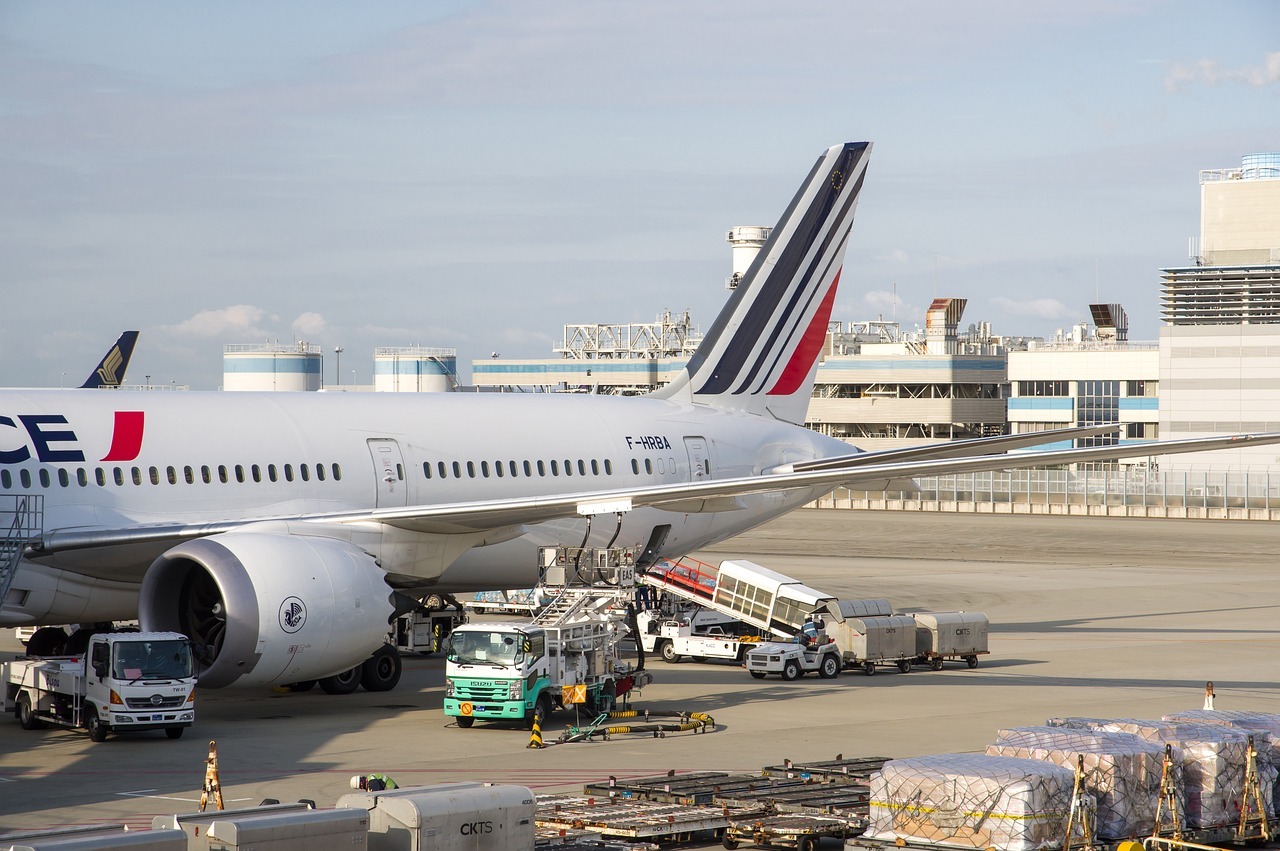Companies that need to ship goods from Europe to the US face a number of logistics challenges. Each choice has pros and cons, costs, and specific requirements. The right choice varies when considering the type of goods, how long they have, the risks, and the final destination.

One of the most common ways to ship small items air freight. Although its not as cost-effective as sea freight, its the fastest mode of shipping from Romania to USA, making it ideal for businesses that need their goods delivered quickly. It guarantees on-time delivery and has a quick turnaround time. It is costly, however, and there may be good alternatives. Also air freight is subject to customs holdups that can be a factor for certain items.
When shipping heavy or large lots, ocean freight is commonly the best choice. Sea freight is a cost-effective option to ship from Spain to USA as it offers lower shipping rates compared to other transportation modes, especially for large volumes of cargo. Shipping by sea gives you the option of using port customs which may be easier to handle than Airport customers.
For smaller shipments or those requiring faster transit times, a mini shipping container offers a flexible and efficient alternative. These compact units provide the benefits of ocean freight on a smaller scale, perfect for palletized goods or individual high-value items, and can often be consolidated into larger containers for further cost savings.
For small and full-size shipping containers used in bulk freight shipping, maintenance and certain Container parts are very important to keep them in good condition. First, it’s key to check the container for rust and damage before you load it. When you find rust, you should clean it and repaint the area to protect it. The doors of the container need special attention too. Make sure the hinges and locking mechanisms work well. If they don’t, you might need to oil them or replace parts that are broken.
The roof and floor of the container also need checks. If there are holes or cracks, they need fixing to stop water from getting in. For the floor, it’s important to check for weak spots or damage, especially if the container carries heavy loads.
Sea freight options from Europe to the US
Ocean freight is one of the most common ways. There is a direct sea route from Europe to the US. It is ideal for businesses that require a cost-effective option for shipping bulky or large quantities of goods over long distances. It is important to weigh the advantages and disadvantages for your goods to ensure that they arrive in good order.
Economical option for shipping bulky and heavy goods
Though it is slow, it can be far cheaper and this may be a large factor for economical shipping. Shipping by sea also allows businesses to consolidate multiple shipments into one container, thus lowering transportation costs.
Suitable for goods that are not time-sensitive
Businesses that dont need goods urgently can take advantage of shipping by sea. Compared to air freight, sea freight has a longer transit time, but will transport a greater quantity of goods and offers greater flexibility for the types of goods that can be transported.
Longer transit time
Sea freight has a longer transit time compared to air or rail transport. Even when planned and scheduled correctly, weather conditions or transshipment procedures can result in significant delays.
Risk of shipment damage or loss
As cargo is exposed to various elements on a sea voyage, damage or loss is possible. Transportation insurance can be taken out to cover these instances, but it will add additional costs.
Port of origin and destination
Knowing the coverage area and available points of departure and arrival is important to determine which sea freight option may work best. Companies need to avoid routes having long transhipment periods to deliver their goods to the required delivery point.
Common sea freight routes from Europe to the US:
The Transatlantic route – This is the most popular sea freight route between Europe and the US, with many major UK and Europen ports linking up with coastal ports in North America. A typical round trip requires a vessel with a capacity of 3,500 TEUs, transporting a range of different items such as vehicle parts, foodstuffs, and furniture.
Northern European route – This sea freight route links up ports in Northern Europe, such as ports in Netherland, Belgium, and Germany with the East Coast of the US and Canada. With a typical journey intaking 12-14 days to complete, they proceed with reduced ship speed to comply with the continuous environmental regulations governed by the North American Emissions Control Area.

Air freight options from Europe to the US
Air freight is a popular option for businesses that need to transport time-sensitive goods between Europe and the US. However, there are also disadvantages associated with using air freight, and businesses should consider these when deciding the most suitable transportation mode for their goods.
Shipping by air is the fastest way to transport goods from Europe to the US, with an average transit time of between one and five days, depending on the destination airport. This makes air freight ideal for time-sensitive goods that have to be delivered urgently.
Suitable for time-sensitive goods
Air freight is an excellent option for businesses that need to transport perishable goods, such as fruits and vegetables, or delicate items that cannot withstand prolonged time at sea or on roads.
The location of your nearest airport should be factored in, as well as the available destinations. In some instances, the final delivery location may not have the convenience of an available airport, and road transportation may need to be factored to arrange for an all-through shipping experience.
Higher shipping and freight charges
The cost of air transport is higher compared to other transportation modes, including sea and rail transport. This is due to the limited capacity of airplanes, their high-speed ability to transport a smaller number of items at a more frequent rate thereby increasing the cost of transportation.
Limited capacity for bulky or heavy goods
Airplanes have limited space, so businesses shipping bulky or heavy goods will find it more expensive to use air transport.
Air transport carriers may pose specific weight and dimensions restrictions due to the size of their aircraft, hence transportation services need to make sure all criteria are met.
Air freight rates are usually dependent on the weight and size of the goods being shipped. Even though air transport is an expensive option, freight rates may vary from one service provider to another.
Common air freight routes from Europe to the US:
Direct flights from many major European cities exist like London Heathrow to New York JFK, Frankfurt or Amsterdam to Los Angeles or Atlanta Airports, with delivery times observed between 6 to 12 hours for a one-way trip.
Smaller cities in Europe may have no direct air transport modules, necessitating connection flights to airports in more significant neighboring cites before proceeding onto US airports like in Prague in Czech Republic, where the cargo proceeds to Frankfurt then further to major US destinations.
Comparison between sea freight and air freight
When deciding between air freight and sea freight to transport goods from Europe to the US, there are various factors to consider, including cost, transit time, and weight and volume limitations. In this section, well compare and contrast these two primary modes of transportation.
a) Cost comparison
– Sea freight is generally cheaper for bulky or heavy goods as it uses larger containers or cargo holds. Shipping by sea allows businesses to consolidate multiple shipments into one container, thereby lowering transportation costs, but it may take longer to scale through the container port processing.
– Air freight is generally more expensive, especially for larger, heavy goods. However, it is the fastest transportation mode to deliver goods, making it an option for urgent or time-sensitive shipments, despite high freight shipment charges to take into account.
b) Time comparison
– Air freight is faster than sea freight, making it ideal for businesses that require fast delivery solutions to meet their deadlines. Air freight takes between one and five days, depending on the destination airport.
Sea freight may differ based on shore port locations, and containerization time requirements can take between two weeks to two months and, at times, more to have the goods successfully delivered. Steering times dependent on the port of origin and destination, transshipment timing, and Customs clearance timing.
c) Volume and weight limitations comparison
Sea freight has higher capacity for bulky or heavy goods, ranging from one TEU to as many as fifty TEUs. Shipping businesses should consider taking advantage of the larger space in terms of volume and weight when delivery can be flexible or more massive. Air freight has limited capacity for bulky or heavy goods because of the available cargo holds in airplanes, making it often the best option for small-sized and light volumes.
d) Customs clearance comparison
Customs clearance process essentially requires no difference between these transportation options as both air and sea freight adhere to specific customs regulations and documentation before permissible entry into the US.
Conclusion
Companies need to be aware of the challenges in logistics so that they can manage their supply chain efficiently. It is crucial to keep track of product movement and share information to ensure that deliveries are prompt and dependable. Using the appropriate software tools, companies can overcome these issues, reduce costs, and maximize profits.